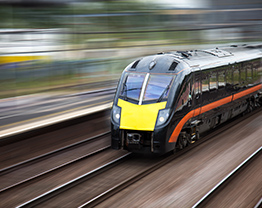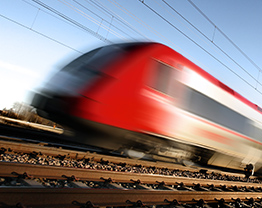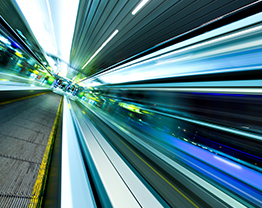Centre for Life-cycle Engineering and Management


Centre for Life-cycle Engineering and Management

Developing the next generation of systems needed to manage design, manufacture, operations, life extension and end-of-life of large-scale assets with expected lifetimes of up to 60 years. Cost, safety and environmental impact are considered throughout the life cycle. Optimised support integrates diagnostics and prognostics, self-aware/sensing systems, and planning and scheduling for maintenance decisions, support and logistics.
RTS PRIORITY AREAS




Railway Innovation Test Area – 20m track
Unmanned vehicle laboratory: rail trolley; robots
Condition monitoring laboratory: vibration, AE, ultrasonics, IR, friction, enviromental chamber
Virtual reality suite; digital twins
Crash investigation
20 Research staff
10 PhD students
10 Masters students
10 grants awarded for a total value of £3.3m
10 papers published
Through-life Systems Sustainment (inc apprenticeship route)
Maintenance and Asset Management
Safety and crash investigation (rail option)
PhD opportunitiesYes
Name: Andrew Starr, Professor of Maintenance Systems
Email: a.starr@cranfield.ac.uk

TESTING AND TRIALING FACILITIES
Facilities